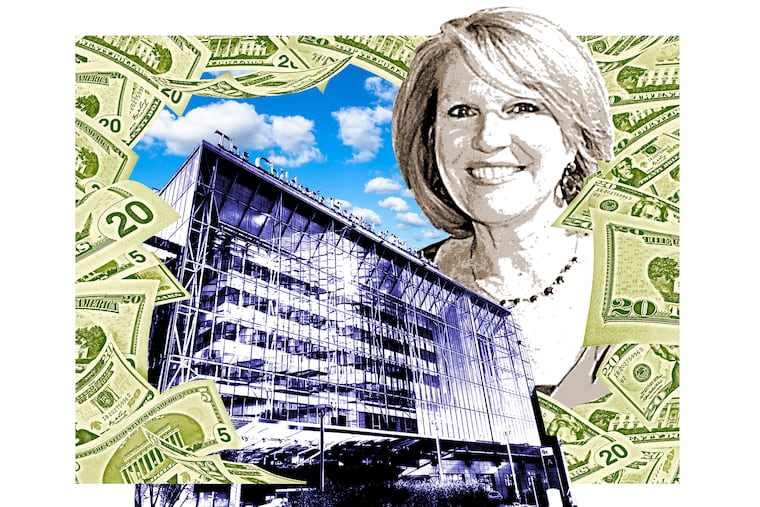CHOP paid its CEO a record $7.7 million in 2021, more than the hospital spent on charity care in three years
With a $5.6 million bonus, Madeline Bell likely received the largest payday ever for a local health system CEO, an Inquirer analysis found.

With a $5.6 million bonus, Madeline Bell likely received the largest payday ever for a local health system CEO, an Inquirer analysis found.
